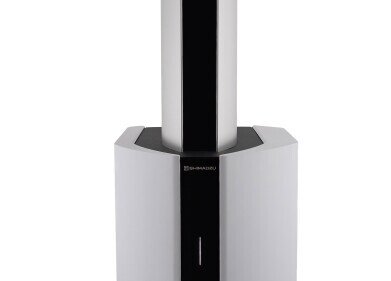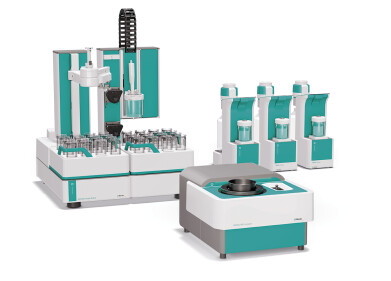Mass Spectrometry & Spectroscopy
Can Llama Antibodies Fight Against COVID-19?
Jan 20 2021
In a novel twist for COVID-19 research, a team of neuroscientists from the NIH/National Institute of Neurological Disorders and Stroke has uncovered data suggesting llama antibodies could be used to prevent and diagnose human infections. The team managed to isolate tiny 'nanobodies’ produced by a laboratory llama named Cormac, with preliminary results suggesting a particular single-domain fragment known as NIH-CoVnb-112 could be used to latch onto SARS-CoV-2 spike proteins and prevent infection.
From brain imaging to epidemiology
Findings were published in the journal Scientific Reports, with senior author David L. Brody saying the study is an exciting step forward for COVID-19 research. “For years TJ and I had been testing out how to use nanobodies to improve brain imaging. When the pandemic broke, we thought this was a once in a lifetime, all-hands-on-deck situation and joined the fight," says Brody. "We hope that these anti-COVID-19 nanobodies may be highly effective and versatile in combating the coronavirus pandemic.”
Inspired by the immune systems of camelids
Naturally produced by camelid immune systems, nanobodies are found in llamas, camels, alpacas and other members of the Camelidae family. The compact and lightweight proteins weight around one tenth of human antibodies and resemble the arm ‘tips’ of heavy chain proteins that support Y-shaped human IgG antibodies. These tips play an important role in identifying viral and bacterial proteins and protecting the body against such antigens.
As well as being more stable than antibodies, camelid nanobodies are also easier and cheaper to produce. As a result, they have gained popularity in medical research laboratories around the world. Now, they’re being used to combat one of the deadliest viral outbreaks of the century.
Closing the door to infection
To harvest antibodies the team immunised Cormac with the SARS-CoV-2 spike protein five times over a 28-day period. They then tested hundreds of antibodies and identified several with promising defensive properties. Candidates included NIH-CoVnb-112, which bound to the ACE2 receptor with up to 10 times more strength than other lab-produced nanobodies.
"The SARS-CoV-2 spike protein acts like a key. It does this by opening the door to infections when it binds to a protein called the angiotensin converting enzyme 2 (ACE2) receptor, found on the surface of some cells," explains lead author of the study Thomas J. "T.J." Esparza. "We developed a method that would isolate nanobodies that block infections by covering the teeth of the spike protein that bind to and unlock the ACE2 receptor.”
Moving forward the team hope to explore the promising results and potentially use llama nanobodies to develop safe and effective treatments for SARS-CoV-2. Find out more about the latest scientific advancements in ‘Benchtop NMR – Bringing New Access to Technology to the Next Generation of Scientists.'
Digital Edition
Lab Asia 31.2 April 2024
April 2024
In This Edition Chromatography Articles - Approaches to troubleshooting an SPE method for the analysis of oligonucleotides (pt i) - High-precision liquid flow processes demand full fluidic c...
View all digital editions
Events
Apr 22 2024 Marrakech, Morroco
Making Pharmaceuticals Exhibition & Conference
Apr 23 2024 Coventry, UK
Apr 23 2024 Kintex, South Korea
Apr 23 2024 Seoul, South Korea
Apr 24 2024 Jakarta, Indonesia








.jpg)









